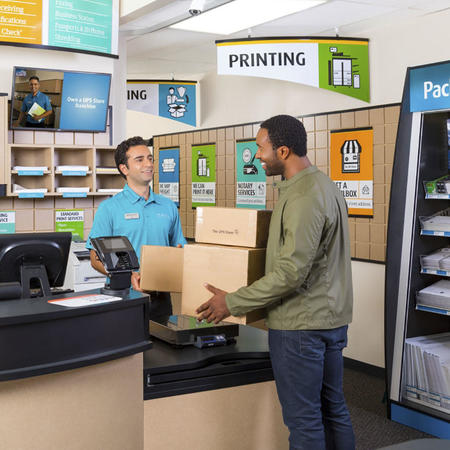Setting Your Video Security System up for Success
January 16, 2012 in Business Security, Digital Video Recorders, Security Cameras
We receive calls every day from customers like this: “I just had a break-in, I never figured out how to search for video, and I have a police officer looking over my shoulder looking for evidence. Help!”
This is typically a frantic call, as many customers install their system, plug everything in, and may have missed something critical that will help them when they need it.
We’ve had situations ranging from where a customer had unknowingly set their digital video recorder to only record video for the last 10 days, replacing everything prior to a customer who plugged everything in and they could see an image, but didn’t their security system to record anything.
We also receive calls from customers who have inherited a system that came with the business they purchased, and they don’t have a clue on how to work with the equipment.
Proper setup, maintenance and care for your security system will not only ensure you get maximum life out of the equipment, but also maximum use and value. Checking your recorder (the DVR or NVR), cameras, cables, and power supplies and accessories at least once a month ensures that when you need video, it will be there.

Recorder: Recording successfully
To maintain your recording device, first look at the physical environment. The recorder should be stored in a climate controlled area with sufficient airflow to ensure hot air does not become stagnant. Using a duster, can of compressed air, or a vacuum, clear any dust from around the recorder or its vents. It is not necessary, or recommended, to open the unit.
To maintain the video captured on your DVR, check the video on the recorder, starting with the live view. Ensure that all cameras are properly focused and have a clear, unobstructed view of their intended area.
Next, play back recorded video and double check to make sure you know how to search for data and off-load it from your digital video recorder. Search for and play back video of both daytime and nighttime images, confirming that your video captures what you are expecting to record.
Pay special attention to the nighttime images to ensure that proper ambient lighting or IR illumination is present to provide a quality image.
Finally, check to see how much data you have recorded. Do you have video from 10 days ago, 20 days ago, 30 days or more? Knowing how much video you can store on your hard drive can affect how you configure your recording settings.
Cameras: Proper image capture
Once you have seen that the live images of each cameras is good on the recorder, go to each camera and check the physical condition of each security camera.
Clean the lens and camera housing with a dry towel and make sure there is no condensation or moisture build-up in or around the camera and lens. Clear any insect, animal, or bird nests from the immediate vicinity as these can often lead to obstructed views.
Make certain that the video security camera is securely fastened to the wall or camera wall mount and that all screws are tightly fastened. If any cameras show signs of corrosion or rusting, contact your sales person. This is a good indication that your video surveillance camera may not continue to function in the future.
You may want to double-check the view from your recorder or a hand-held viewing monitor in case you nudged the placement of the camera in this process.
Cabling: Connecting it all
Although you have checked your video and proven that everything is recording as expected, doing a cable check is an important preventive measure. First, check the cables at both ends to ensure they are securely in place and in good condition (e.g. no frays, cracks in the wiring, or no evidence of critter nibbling).
Next, check to make sure they are securely attached to the recorder and to the cameras and be sure to check the connectors to make certain that they do not show any signs of corrosion or rust. For outdoor cameras, make sure both the cameras and cables are protected from the elements as much as possible (e.g. positioned under an eave) and that you have a ‘drip loop’ in the cable.
You never want water to run to the camera or to the connectors. Connectors, especially camera power connectors, with any signs of rust or corrosion should be replaced immediately as they can short out the security camera.

Power and Accessories: Don’t forget the power!
Check your power supplies and ensure they are also in a climate controlled and well-ventilated area. If you have a UPS installed, check to make sure that the battery is fully charged and it does not show any warning lights.
A voltmeter can be used to make sure all cameras are getting their full power requirements and there are no under-voltage or over-voltage issues. Providing a camera either too much or too little power will cause it to fail more rapidly. It is always cheaper to replace a failing power supply than a surveillance camera.
And that’s it! For most customers, checking the entire system according to these steps will take less than an hour and does not require that you have special tools or knowledge.
The technical support team can help explain these maintenance steps in more detail and help resolve any issues discovered along the way. Remember, the time to find an issue with your security system is not after a break-in, but before!




About The Author: Supercircuits Team
More posts by Supercircuits Team